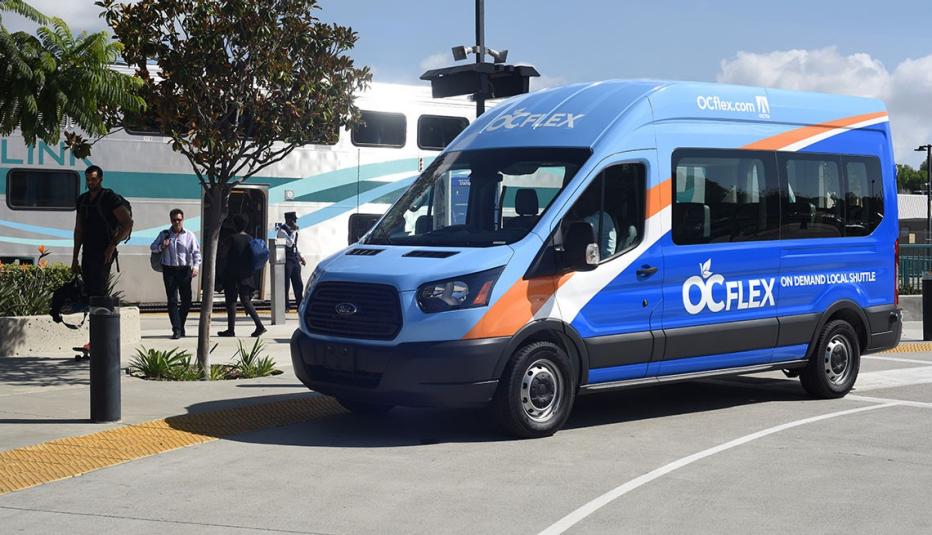AARP Hearing Center
For millions of people, especially those who do not drive or have access to public transit, getting where you need to go can be a challenge. Yet the technology exists to address this problem, making life better for anyone who needs a ride to a particular place at a particular time.


The key is for providers of flexible, demand responsive transportation to communicate with one another through a common digital language. Service would become more available. Passengers could get from point A to point B without worrying about the details. Providers would coordinate smooth travel across different service areas, saving their riders time and trouble.
Until now, such readily organized and available travel has been the exception in the fragmented industry of demand responsive transportation, which is characterized by a diverse assortment of providers spread over many overlapping service areas. The result has been obstacles to availability for those who depend on these services, notably older adults, people with disabilities, rural residents, and Medicaid recipients. But a new specification for data exchange among service providers is a giant step in the right direction.
For the first time, the specification will enable demand responsive transportation providers to interoperate and thus speak to one another in the same digital language. If transportation services adopt it, riders can become empowered to go where they need and when they wish, with convenience that once would have seemed like a dream. This new specification is a giant step toward universal mobility.






























































